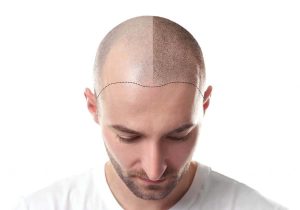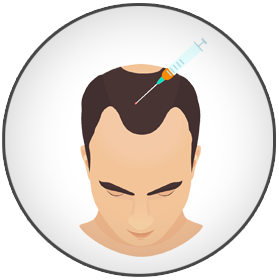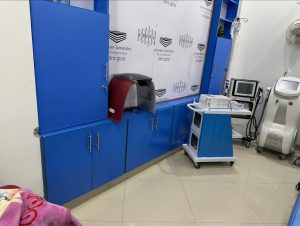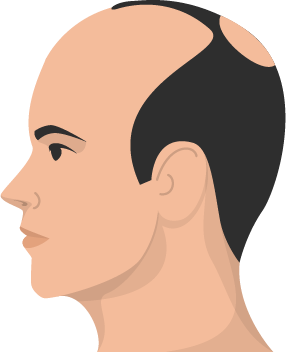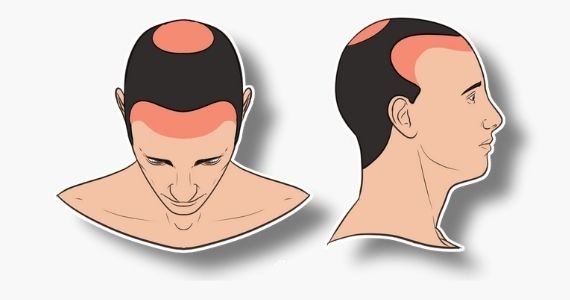A Hair Transplant Can Give You Permanent, Natural-Looking Results
If you’re looking for a permanent solution to your hair loss, you may want to consider a hair transplant
Today, it’s possible to have natural-looking results thanks to one key advance. Most surgeons now transplant the healthy hairs a few at a time. This eliminates the unnatural doll-like hair that patients saw in the 70s and 80s. Back then, sections of hair called hair plugs were placed in the thinning area. In time, the hair plugs became quite noticeable.
Improvements in creating the hairline and placing the hairs in the thinning areas also help create natural-looking results.
Thanks to these advances, the results can look so natural that a barber or stylist cannot tell you’ve had anything done
Good candidate for a hair transplant
Men and women of all races can be good candidates for a hair transplant.
To be considered for a hair transplant, you need two things:
- Enough healthy hair on your scalp that can be transplanted to the area that needs hair
- The ability to grow hair on the thinning area of your scalp
During a consultation with a dermatologist, you can find out if you have both. A dermatologist will give you a thorough scalp exam.
To find out why you have hair loss, you may also need a blood test. This can check for things going on in your body that may be causing your hair loss. Some patients need a procedure called a scalp biopsy. Your dermatologist can quickly and easily take what is needed for the scalp biopsy during the consultation.
If the exam and tests show that you are a good candidate for a hair transplant, your dermatologist can tell you what results you can expect. A full head of hair may be unrealistic, but a fuller head of hair can be the goal.
During a hair transplant
You can expect a hair transplant to take between four and eight hours. If you are having a large amount of hair transplanted, you may need to return for a few hours the next day.
Most patients remain awake during the entire surgery and need only an anesthesia that makes the scalp numb. Some patients also take a mild sedative to help them relax.

Hair transplant surgery usually lasts between 4 and 8 hours. The surgery begins with your dermatologist removing the healthy hairs. To give you natural-looking results, your dermatologist may remove the healthy hairs by either cutting a strip of skin with healthy hairs from your scalp or removing individual hairs.
The second option takes a lot more time, but avoids leaving a long, narrow scar on your scalp. This can be beneficial if you prefer close-shaven haircuts like buzz cuts.
Before the surgeon can transplant the hairs, technicians need to prep the removed hairs and the surgeon must get your scalp ready for the transplant.
Depending on the number of hairs to be transplanted, two to three members of the hair transplant team may help place the healthy hairs into the area that needs hair. Once all the hairs have been transplanted, your scalp will be bandaged and you will be given instructions for at-home care
patients see results from a hair transplant
Most patients see results between six and nine months after surgery. For some patients, it takes 12 months.
It’s important to know that between two and eight weeks after the surgery, the transplanted hair will fall out. This is normal. By the third month, the hair may look thinner than before you had the transplant. Again, this is normal
